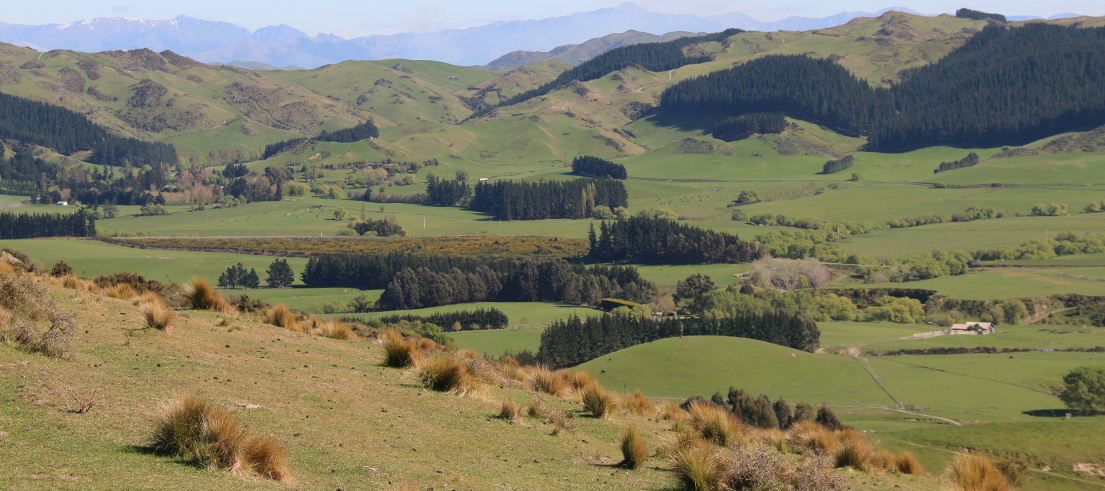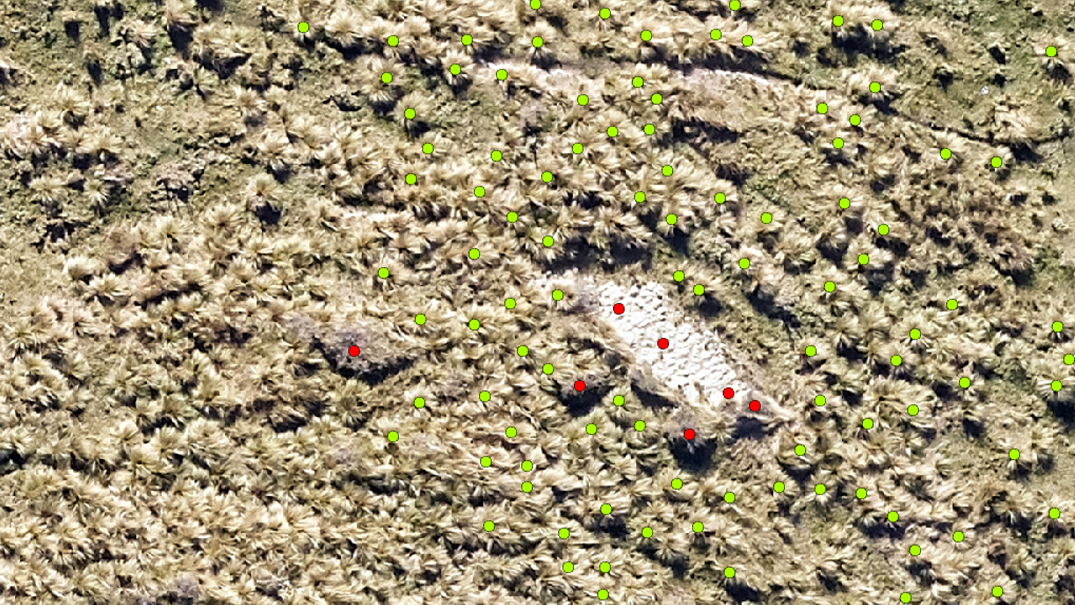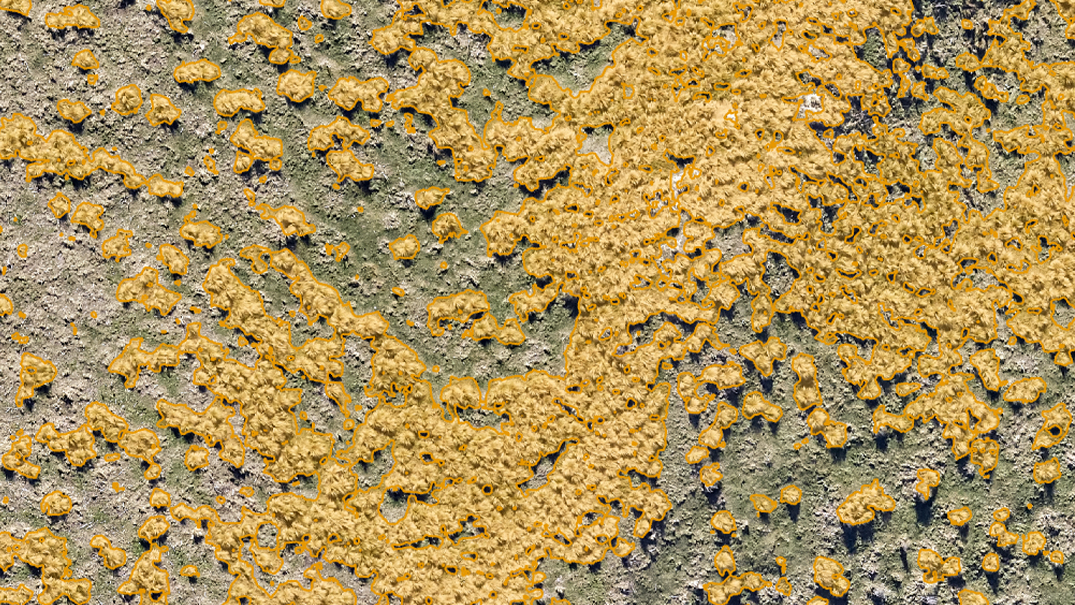
Using artificial intelligence to identify pest plants
With artificial intelligence (AI) taking the internet by storm in recent months, our biosecurity team have taken the first steps to use it to identify pest plants from aerial imagery.
A successful pilot programme in South Canterbury has shown that AI may provide a more efficient way to inspect large swathes of land for biosecurity threats such as nassella tussock.
A significant plant pest
The tussock is an invasive grass that is spreading in Canterbury. It displaces productive pastures and is unpalatable to stock. Only 70 years ago, nassella forced some farmers to leave the land after it ran rampant, taking over entire farms, leaving no room for crops or stock.
Each year, our biosecurity team spend months inspecting properties and ensuring landowners identify and control this pest plant and control its spread — a requirement of the Canterbury Regional Pest Management Plan.
Training AI to recognise plant pests in images
We recently partnered with Lynker Analytics to develop and train an AI program to identify the pest plant from aerial imagery. High-resolution imagery was captured from a light aircraft with permission from the landowner.
Lynker Analytics managing director Matt Lythe said the test image relies on high-quality images. The photo used in the trial was 13GB in size and contained 3.6 billion pixels.
"This high number of pixels creates a processing challenge, as the machine learning process needs to assess every pixel. When training the AI model, we provided examples of 'nassella’ and ‘not-nassella’ in the image," Matt said.
This allowed the programme to learn over time to identify areas where nassella is present.
Identifying infestations for more efficient control
By using AI to identify pests, we can find unknown infestations, monitor, and inspect properties more efficiently, reducing the need for biosecurity staff inspections.
While it’s still a while away from being implemented across the region, landowners may in future be able to use the AI to ascertain infestation levels on their own properties and plan control programmes accordingly.
Biosecurity team leader Matt Smith said the initial results showed the AI to have around a 90 per cent success rate at identifying large mature nassella tussock. More refining of the model is required to increase that identification rate.
"An AgResearch study found that hand control operations remove about 30-35 per cent of nassella tussock, which means about 65-70 per cent is left behind, mostly very small plants," Matt said.
Mature nassella tussock can produce up to 100,000 seeds, so it’s important to remove all infestations prior to the viable seeds being produced each year.
Embracing new technologies for biosecurity
Our nassella tussock programme is mostly carried out on foot, but Matt said there could be many benefits to wider biosecurity programmes in future, including monitoring pest trends over time.
"In biosecurity, things have been done the same way for a long time and now we have this amazing technology that is becoming available, and we are looking to the future. It’s a big part of how we can protect the region going into the future.
"We’re embracing new technologies for biosecurity, especially when they can increase productivity both for our work programmes and for affected landowners," Matt said.


